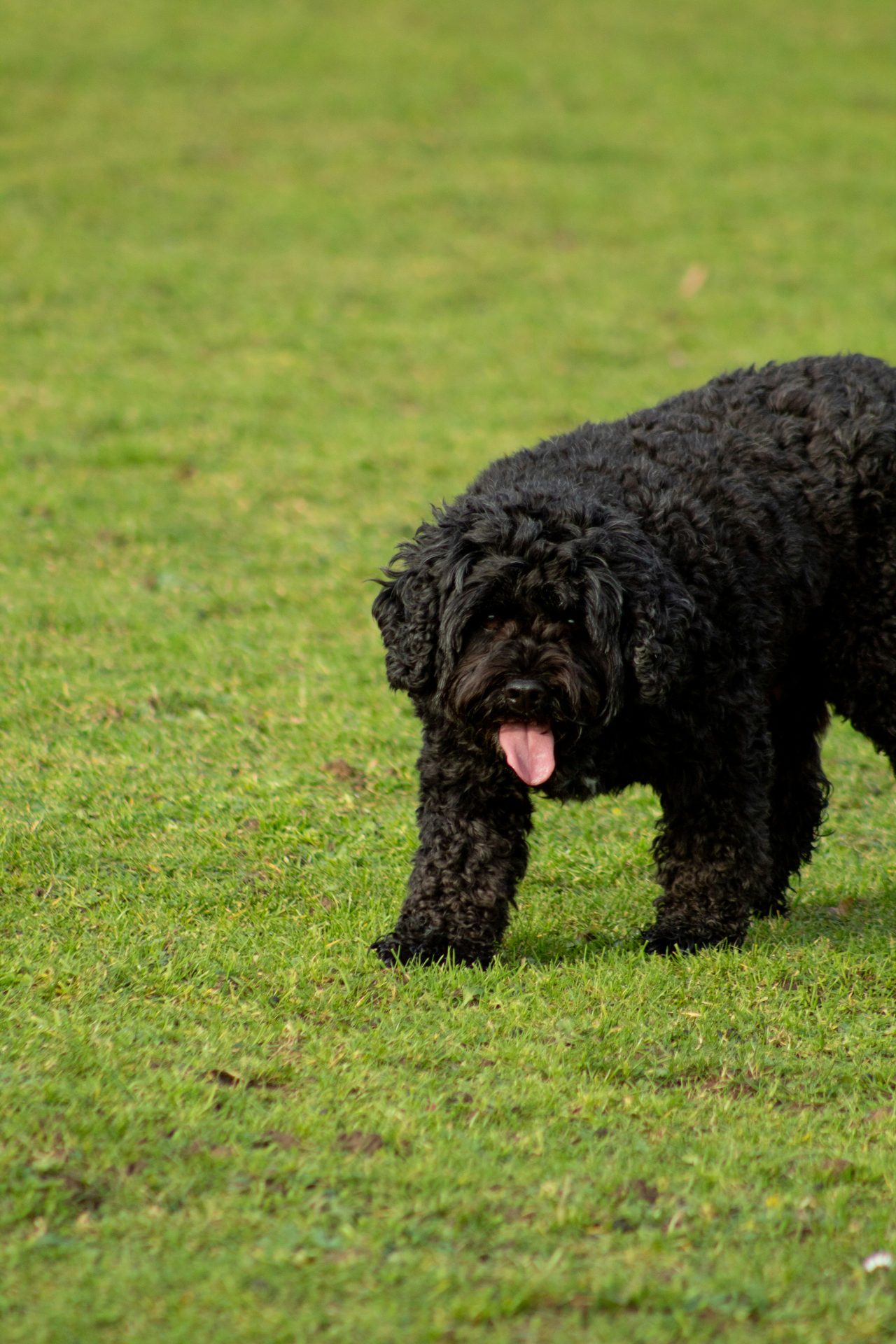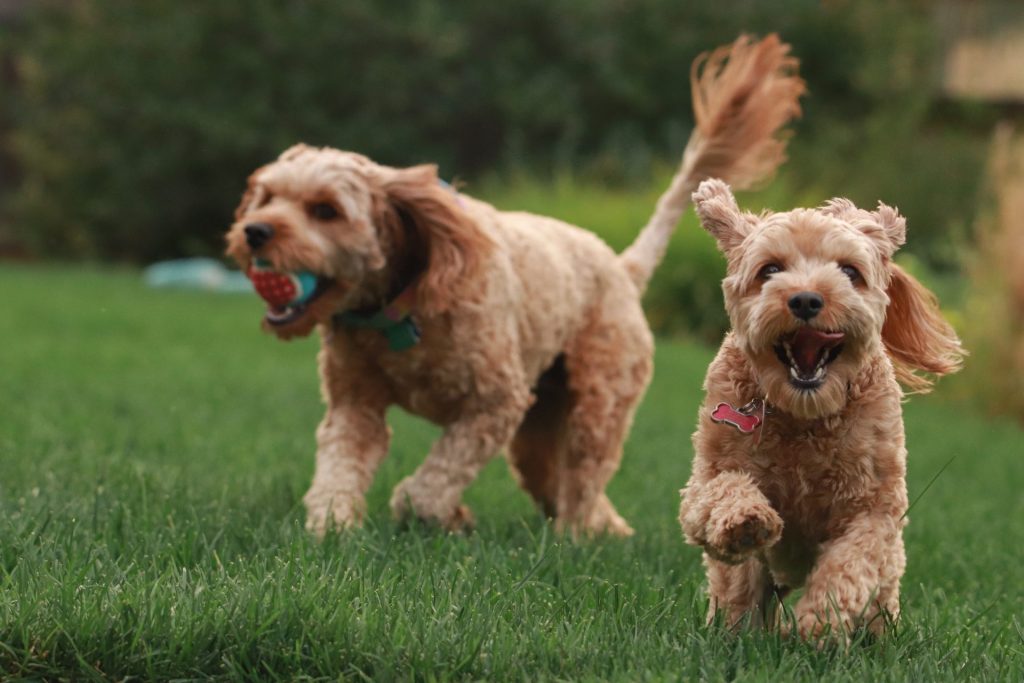How Cavoodle Coat Colour Can Change Over Time
Posted on January 9, 2024

Welcome to the captivating and intricate world of Cavoodle coat colour genetics! Cavoodles, those adorable bundles of joy, are a crossbreed between the Cavalier King Charles Spaniel and the Poodle. Their coat colours can range from a wide palette of hues, and it’s not just a simple matter of picking a colour from a box of crayons. No, it’s a complex dance of genetics, environment, and health factors that determine the ever-changing canvas of their coats. So, let’s embark on this journey of discovery together!
Introduction to Cavoodle Coat Color Changes
Understanding the evolution of a Cavoodle’s coat colour is more than just a curiosity – it’s a gateway to appreciating the deep genetic roots of our canine companions. Cavoodles are known for their luxurious coats that often change colour as they age. This transformation is not just a matter of aesthetic interest but speaks volumes about their genetic makeup and overall health.
Genetic Factors Influencing Cavoodle Coat Color
Diving into genetics, it’s a world where DNA plays the role of an artist, meticulously crafting the coat colours of these dogs. The coat colour of a Cavoodle is a product of a complex genetic combination involving multiple genes inherited from both Cavalier King Charles Spaniel and Poodle parents.
Parental Gene Influence
Imagine the genes as a set of instructions, where some are dominant while others are recessive. The combination of these genes from each parent breed determines the initial coat colour of the Cavoodle. For instance, if a gene for a dark coat is dominant, it will overshadow a recessive light coat gene.
Gene Interaction Over Time
As the Cavoodle ages, some of these genes may express themselves differently, leading to colour changes. This phenomenon is like a tree changing colours with the seasons—a dynamic process influenced by genetic programming.
Environmental Influences on Cavoodle Coat Color

The environment plays a critical role in the coat colour of a dog. Sun exposure and diet are like the external painters, adding their own touches.
Sun Exposure
Just as the sun can lighten our hair, it can also alter a Cavoodle’s coat colour. Sunlight can gradually bleach the fur, leading to a lighter shade over time. This is particularly noticeable in darker coats that might develop a sun-kissed hue.
Dietary Impact
Nutrition is vital in maintaining the vibrancy and health of a Cavoodle’s coat. Specific nutrients can enhance pigmentation, while deficiencies can lead to dulling or colour changes. For instance, a diet rich in omega-3 fatty acids can help maintain the lustre and colour intensity of the coat.
Health-Related Aspects Affecting Coat Pigmentation
Health and age are silent influences that subtly change coat colour. Hormonal changes and certain health conditions can have a significant impact.
Age-Related Hormonal Changes
As Cavoodles age, hormonal shifts can lead to changes in coat colour. For example, decreased hormone levels can result in a lighter or grayer coat, reflecting the natural ageing process.
Health Conditions
Certain health issues can also affect coat colour. Skin conditions, allergies, or even systemic illnesses can alter the texture and colour of the fur, serving as indicators of underlying health problems.
Conclusion
The coat colour of Cavoodles is a dynamic attribute, ever-changing and evolving. As pet owners and enthusiasts, embracing this knowledge helps us appreciate the depth and complexity of our beloved companions. It fosters a deeper connection and a more responsible approach to their care and well-being.
Cavoodle Toys
-
 Indestructible Octopus Plush Dog Toy
A$48.99
Indestructible Octopus Plush Dog Toy
A$48.99
-
 Indestructible Squeaky Plush Dog Toy
A$25.99
Indestructible Squeaky Plush Dog Toy
A$25.99
-
 Pet Octopus-Inspired Plush Toy
A$43.99
Pet Octopus-Inspired Plush Toy
A$43.99
-
 Animal Inspire Plush Toys for Pets
A$33.99
Animal Inspire Plush Toys for Pets
A$33.99
-
 Animal Inspired Plush Chew Toys for Pets
A$30.99
Animal Inspired Plush Chew Toys for Pets
A$30.99
-
 Animal Inspired Plush Dog Toys
A$41.99 - A$43.99
Animal Inspired Plush Dog Toys
A$41.99 - A$43.99
-
 Adorable Avocado Plush Pet Toy
A$24.99
Adorable Avocado Plush Pet Toy
A$24.99
-
 Bite Resistant Chew Toys for Pets
A$28.99 - A$38.99
Bite Resistant Chew Toys for Pets
A$28.99 - A$38.99
-
 Bite Resistant Donkey Shape Pet Toy
A$59.99
Bite Resistant Donkey Shape Pet Toy
A$59.99
-
 Carrot Inspire Toy for Pets
A$43.99
Carrot Inspire Toy for Pets
A$43.99




